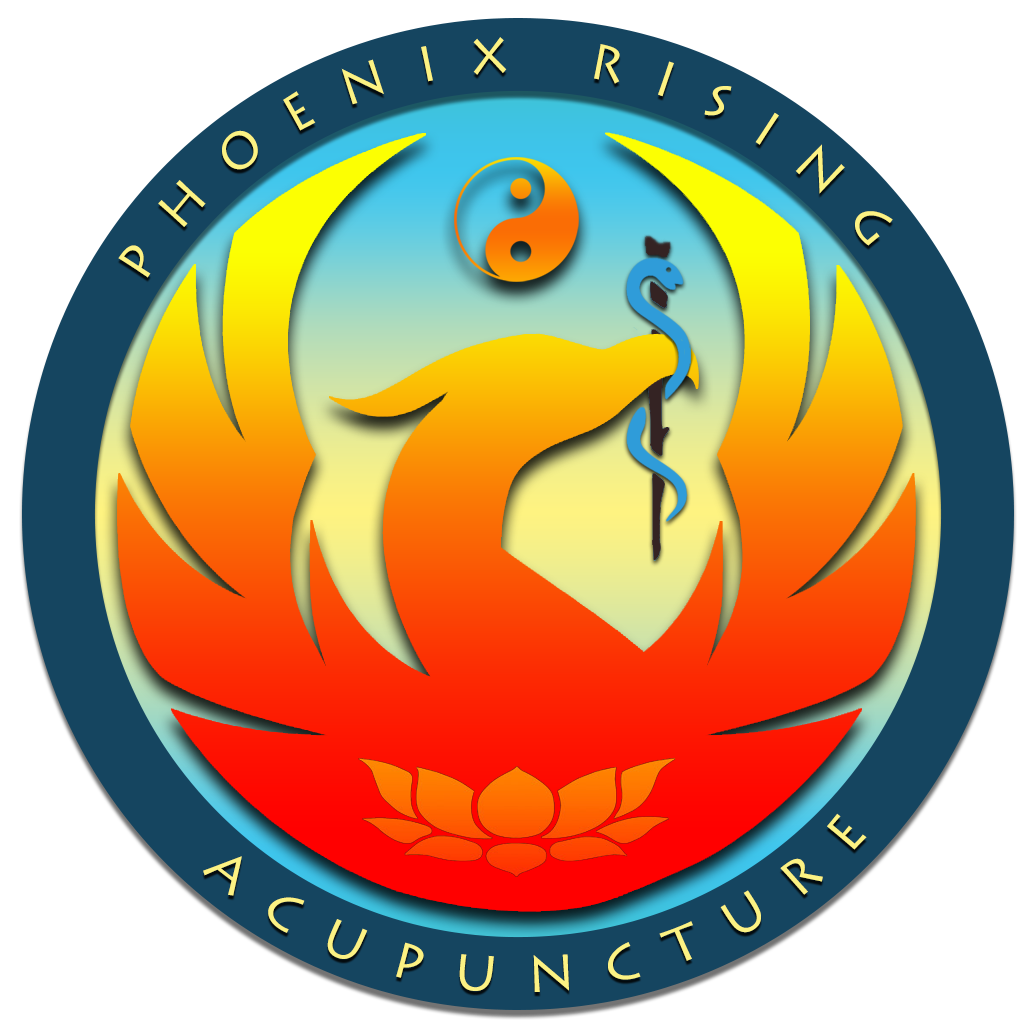Unlocking the Benefits of Gua Sha: A Comprehensive Guide to this Traditional Chinese Therapy
What is gua sha?
Acupuncture is a general term that often means the use of needles. There are other modalities that you learn as an acupuncturist that are often utilized in the clinical setting. One of these modalities is called gua sha. Gua sha is translated as “to scrape petechia”. It uses smooth edged tool, such as a spoon, jade tool, or coin to scrape an area of the body creating the “sha”, which is the petechiae or redness you often see after a treatment.
Oil is applied to the area that is being treated and then a series of 5-10 short or long downward strokes is used. In areas of greater stagnation, you will notice the sha rise on the skin. In Oriental Medicine, pain is the result of stagnation of qi or blood in an area. The technique creates a microtrauma to the area and encourages the movement of qi and blood, returning the body to a greater equilibrium and a healthier state.
The benefits of gua sha.
Gua sha will help promote the movement qi and blood as well as bring a fresh supply to the area and is a wonderful way to reduce stagnation and inflammation and promote increased homeostasis. From a Traditional Chinese Medicine (TCM) perspective, pain is the result of stagnation of qi and blood. Gua sha is an effective treatment to mobilize qi and stagnation and reduce pain and is often utilized for conditions such as anxiety, fatigue, insomnia, headaches, migraines, neck pain, back pain fibromyalgia, muscle knots, arthritis, and joint pain. There are studies that also suggest that it is an effective treatment for perimenopausal symptoms. Gua she is also effective in breaking down scar tissue and connective tissue, so it would be utilized in conditions that limit the use of joints. Gua sha has also been shown to be effective in boosting the immune system and is often used in the clinic when patients present with ailments such as cold and flu.
Since the technique creates minor trauma and there is some risk of skin bruising or minor bleeding, the tool needs to be sterilized between each use.
Avoid if you have had surgery in the last six weeks, are taking blood thinners or have clotting disorders.
Does gua sha hurt?
The practitioner should take some time to warm the area up before performing this technique. Generally, I like to apply the oil that I will be using and perform some light tui na, which is a little like massage. Depending on what is being treating, some patients may find this technique to be quite intense but usually in a “it hurts so good” kind of way. Most patients express a great relief and feeling much looser with far less pain after the technique is complete.
There may be some soreness and tenderness in the area after the technique, but this should clear in a few days.
Speak up if you are uncomfortable
I try to explain to my patients that intense doesn’t mean pain past tolerance. There are many factors that dictate how much pain or intensity a patient can tolerate. The practitioner is not a mind reader, and will be focused on the area that they are treating. The patient should be encouraged to speak up if the treatment is too intense. If the treatment is past a patient’s tolerance, there will be muscle tenseness present that will impede the therapeutic quality of the treatment. The practitioner needs to check in with the patient during the procedure, but the patient also needs to feel comfortable enough to speak up if the practitioner has passed their tolerance. It really is all about balance.
Who should avoid gua sha
Gua sha creates a micro-trauma in the area being treated. Many healthy patients will experience bruising after a treatment. Gua sha may not be an appropriate treatment for patients that have a medical condition that affects the skin or veins, bleed easily, take blood thinners, have a DVT, have a skin condition or infection that has not fully healed, or have an implant, such as a pacemaker or internal defibrillator.
Gua sha tools

